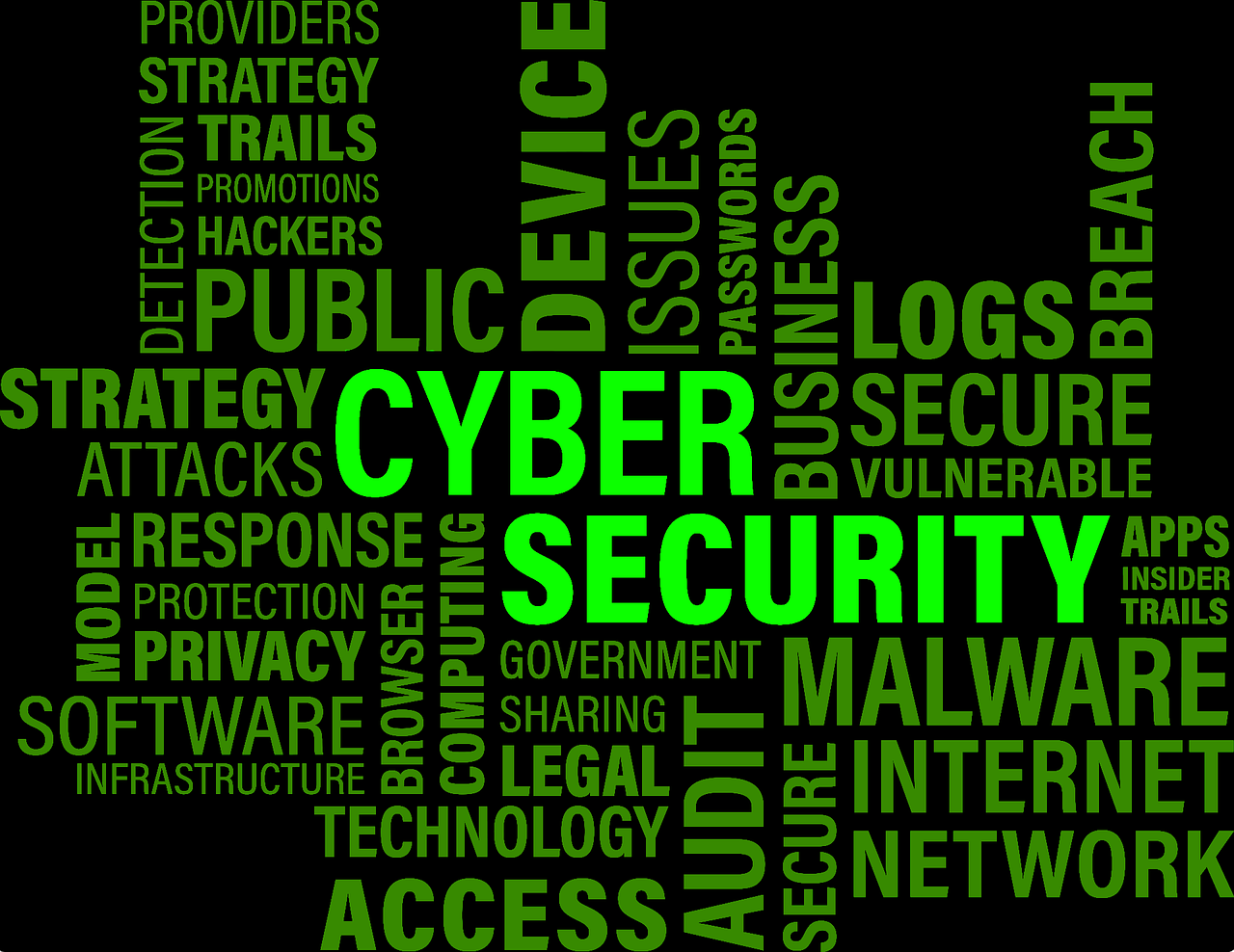The cybersecurity is defined as a system of protection for data files. From this system, attempts are made to avoid all kinds of threats that may jeopardize the information that is stored, processed and sent through any device. It is based on computer security systems that are capable of acting before, during and after, not only to prevent, but also to reduce the risks of exposure of the system itself and its users.
Prevention is the key to protecting information and not being in situations of weakness with serious consequences.
Types of cybersecurity
Cyber Security is classified into the following types:
Information security
The information security aims to protect the private information of users from unauthorized access, identity theft. It protects the privacy of the data and the hardware that handle, store and transmit that data. Some examples of information security include user authentication and cryptography.
Also read: What is 5G Technology
Network security
The network security aims to protect the usability, integrity and security of a network, the associated components and the data shared across the network. When a network is secured, potential threats are prevented from entering or spreading on that network. Examples of network security include antivirus and antispyware programs, firewalls that block unauthorized access to a network and VPN (virtual private networks) used for secure remote access.
Application security
The application security aims to protect software applications from vulnerabilities that occur due to failures in the design, development, installation, update or maintenance phases of the application.
HOW TO HAVE GOOD CYBERSECURITY
Any measure of computer security is welcome, but in the same way that technology evolves, malware also, so we must always be updated and have prevention measures. These 4 points are basic to be protected:
Protection against malware malware : What we usually call antivirus, essential for any organization, regardless of activity or size. The large number of different types of malware and their evolution are one of the most difficult threats to combat.
Anti-fraud or pishing protection : Cheating has become one of the most used practices on the Internet, both to infect devices and to obtain user data. There are no infallible tools to combat these threats, so you have to use common sense and distrust suspicious places.
Be proactive : Being well protected is essential, but we must have a set of tools dedicated to achieving survival after a security problem. Backups in the cloud or other devices, which help us keep company information safe, and recovery tools that allow us to restore the system from a point before the attack to lose as little data as possible They are paramount.
Communications protection : These solutions are responsible for protecting the organization from various threats, such as denial of service attacks, unauthorized access or interception of communications. We must bear in mind that threats not only come to us from the Internet, but also from within companies, so that the protection of communications is essential when there are several offices or offices and communications are made through the Internet.
The above tools are the fundamental basis of the necessary security solutions in any company. The document manager VITRAdoc takes all measures to have the best cybersecurity and always be updated to offer an uninterrupted service. Have an optimal documentary control at all times .
Read more: How to stream YouTube to your TV: 6 tips for enjoying videos on your TV.
Cybersecurity in companies
This implies a change at the computer level, of information and configuration of the Internet to increasingly new levels and adapting to the new needs that arise. In addition, business objectives are modified by this boom, in addition to thinking more about the user when making their strategies.
Cybersecurity means that companies must be prepared for any attack they receive, have plans on how to react and what action to take so that they “don’t get caught by surprise.” This security must involve databases, metadata, files, hardwares, computers and everything that is likely to be at risk for loss of information or theft.
Threats caused by attacks may be caused by :
- ” Hackers ” that, under or without service, try to find certain information from the users of a web page because it requires them or seeks compensation for their sale.
- Malicious or harmful programs. They usually have the same function, but they rescue the information through a computer program that is installed in the databases of the companies’ hardwares.
- Programming errors . A failure can cause unbalanced some data or actions on a website.
- Electronic failures, accidents or catastrophes that, for external reasons, harm user information.




